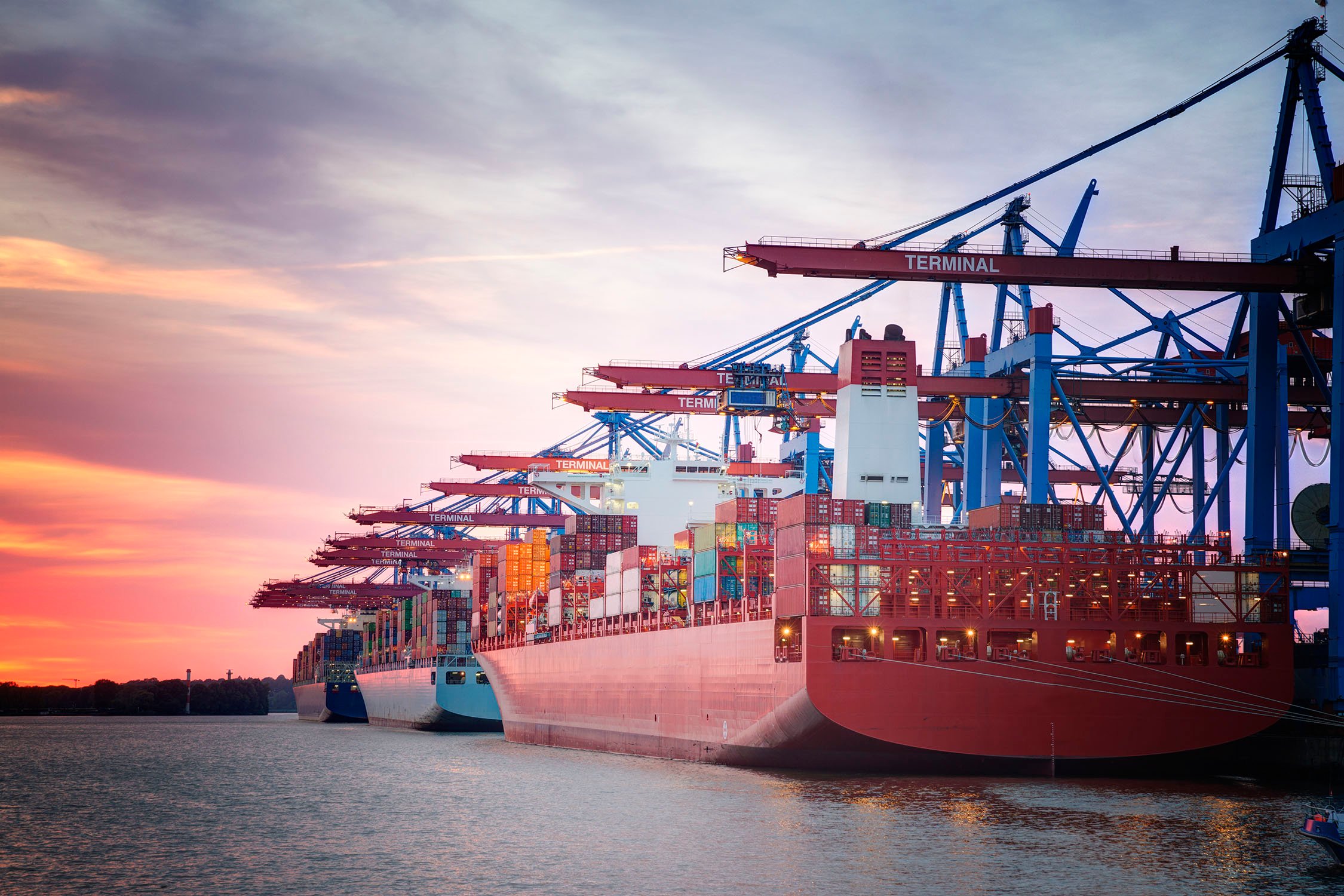On March 1, 2018, the US Treasury Department’s Office of Foreign Assets Control (“OFAC”) announced the amendment and reissuance in their entirety of the North Korea Sanctions Regulations, 31 C.F.R. Part 510 (“NKSR”). The Final Rule can be found here. These changes to the NKSR took effect on March 5, 2018 upon publication in the Federal Register. OFAC also published 13 new FAQs, which can be found here.
This development does not reflect substantive changes to existing OFAC regulatory requirements. Rather, these changes are primarily designed to expand on the existing NKSR, originally published in an abbreviated form, and to incorporate the various sanctions measures targeting the Democratic People’s Republic of Korea (“North Korea”) adopted by the US Government over the last few years. Below we explain the scope of these changes and highlight a few key points of interest.
Clarifying Sanctions Restrictions Targeting North Korea
When first implementing new sanctions programs, OFAC regularly issues “skeleton” regulations containing high level summaries of the applicable prohibitions and referencing and attaching relevant executive orders. This was the strategy taken by OFAC when it first issued the NKSR in November 2010. At that time, OFAC indicated that it would prepare a more comprehensive set of regulations in the future.
The reissued NKSR announced on March 1, 2018 are the long-awaited, more complete set of regulations. The reissued NKSR now incorporate the underlying legal requirements of relevant executive orders and add and expand on provisions that are intended to provide a more comprehensive set of regulations, including additional definitional and interpretive guidance.
In addition, the reissued NKSR incorporate more recent legislative and executive actions targeting North Korea. These include:
- The North Korea Sanctions and Policy Enhancement Act of 2016 (see prior blog post here);
- The Countering America’s Adversaries Through Sanctions Act of 2017 (“CAATSA”) (see prior blog post here);
- Executive Order 13687 of January 2, 2015 (“Imposing Additional Sanctions with Respect to North Korea”) (see prior blog post here);
- Executive Order 13722 of March 15, 2016 (“Blocking Property of the Government of North Korea and the Workers’ Party of Korea, and Prohibiting Certain Transactions With Respect to North Korea”) (see prior blog post here); and
- Executive Order 13810 of September 20, 2017, (“Imposing Additional Sanctions With Respect to North Korea”) (see prior blog post here).
Explanation of Available Exemptions
Many OFAC sanctions regulations include language identifying certain categories of exempt transactions provided for by statute—including the International Emergency Economic Powers Act (“IEEPA”), which is the law under which most US sanction programs are issued. Sanctions targeting North Korea, however, have historically been based on executive orders issued under a combination of IEEPA and other statutes, including the United Nations Participation Act (“UNPA”). This is significant because OFAC has long advised that sanctions programs issued under the authority of both the UNPA and IEEPA are not subject to IEEPA’s statutory exemptions.
Section 510.213 of the reissued NKSR now includes the statutory exemptions set forth in IEEPA (e.g., the informational materials exemption, personal communications exemption, and travel exemption), but provides that these exemptions do not apply to transactions involving persons blocked under UNPA authority. According to this section, “persons blocked pursuant to the authority of the UNPA” include parties “listed” on both OFAC’s List of Specially Designated Nationals and Blocked Persons (“SDN List”) and the UN Security Council Sanctions List, as well as persons “listed” on the SDN List because they are owned or controlled by, or acting on behalf of, such persons (collectively, “UNPA SDNs”). The reissued regulations do not clarify, however, whether the IEEPA exemptions are available for transactions with parties blocked by operation of law under OFAC rules because they are 50% or more owned by one or more UNPA SDNs even though not “listed” as such on the SDN List.
